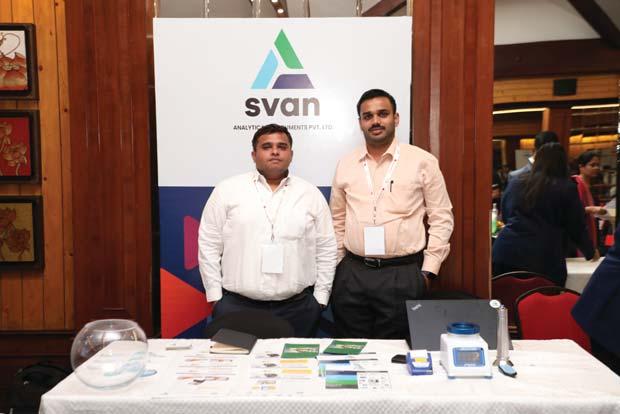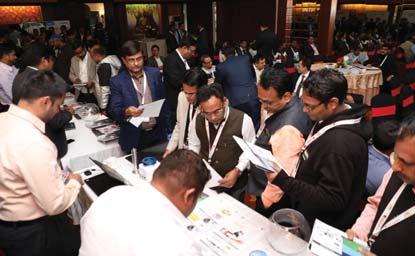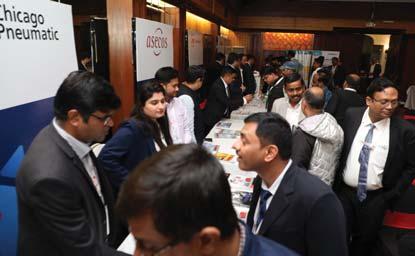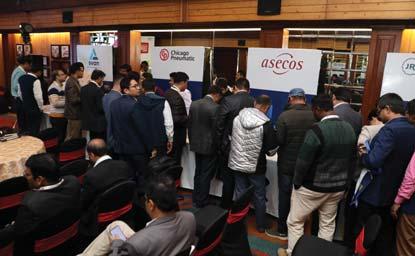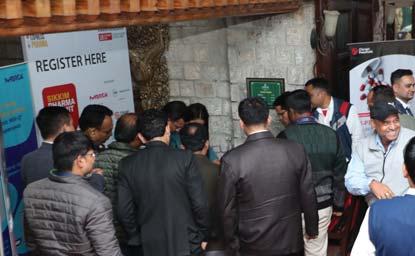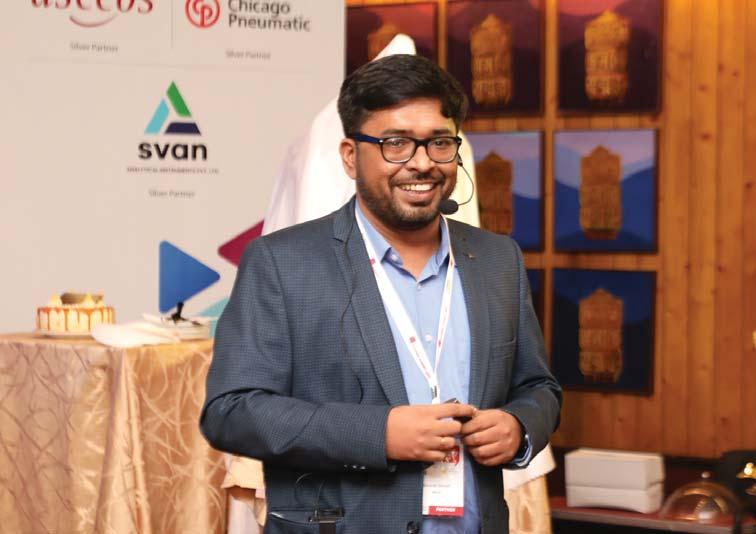
1 minute read
cGMPin plant automation of oral dosage forms
Delivering his address on the topic
‘cGMP in plant automation of oral dosage forms,’
P Ramesh, Sr VP--Technical and Operations, Microlabs, explained to the audience that cGMP is part of quality assurance which ensures that products are consistently produced and controlled to the quality standard appropriate to their standard use. He mentioned that it ensures quality products, reduces rejection and satisfies customers.
He also spoke about the principles of cGMP which include designing and construction of the facilities and equipment properly, following written procedures and instructions, document work, validating work, monitoring facilities and equipment, writing step-by-step operating procedures and working on instructions; designing, develop- ing and demonstrating job competence; protection against contamination; controlling components and product-related processes and con- ducting planned and periodic audits.
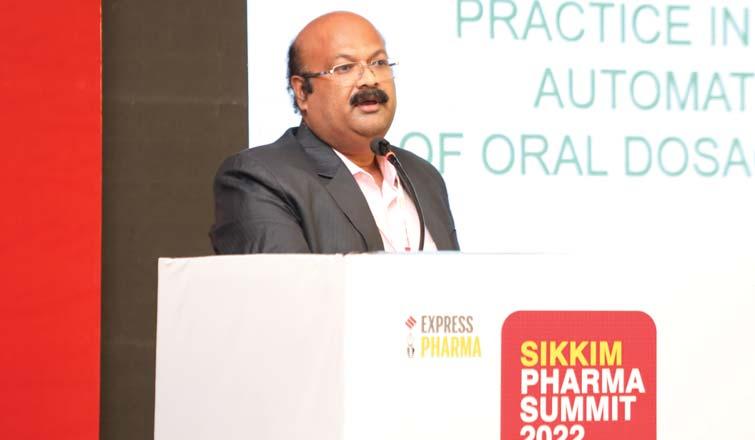
He then talked about the parameters of interest for GMP practice through au- plication, and based on that, one can continue to dispense water.
He further said, “We are on the verge of the seventh generation of the Mili-Q system. Few of the products have already been introduced in the market, but few are yet to come to suffice the day-to-day needs of those in the pharma industry.” garding the layout and material-handling systems, he notified that plant layout should be designed according to the process flow for unidirectional movement of man and material. He also informed that following dispensation, the flow of material can be monitored at each and every stage of manufacturing, i.e. granulation, compression, coating, inspection, packing and dispatch through automation in material handling system. Further, rejection of each manufacturing stage can be monitored and reconciled. tomation which include layout and material-handling systems, quality systems, and innovation and automations in manufacturing system. Re-
Speaking more about the Mili-Q, Ghosh stated that it has got three manual flow rates, check and dispense lights, onecheck volumetric dispense, ‘ata-glance’ quality monitoring, and rapid data and access management, among other qualities. It has also got 20 per cent reduced plastic weight, 33 per cent smaller and lighter purification cartridges, >10 per cent overall energy savings and paperless data management. In addition, in the lab close mode, it optimises the rinsing process.
Apart from it, he stated that Material Tracking System (MTS) is a helpful tool to monitor process flow, avoid mix-up and control movement of material from one stage to another stage. Whereas the benefits of the quality systems are that it is time-saving and involves less risk.
Glimpses Ofsikkim Pharmasummit2022
